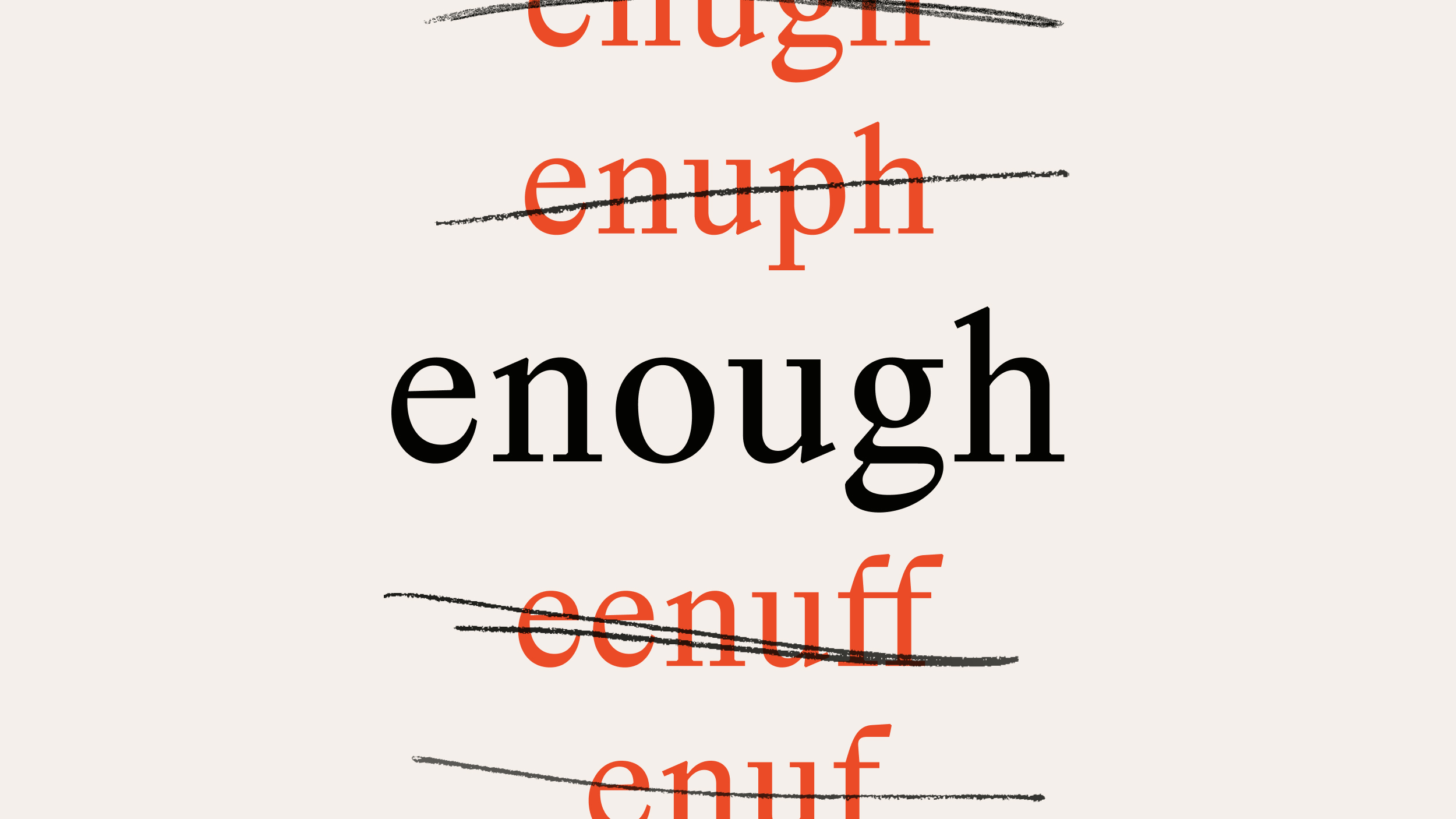Enrique Peñalosa discusses the legacy of public space in New York and how it can be improved in the future.
Question: Has New York used its pedestrian space effectively?
Enrique Penalosa: Well, New York was very innovative. I like to tell the people in the developing world, "Look." New York is very innovative. It was innovative in the past. I like to tell the people in the developing world cities, "Look. European parks were mostly the playgrounds of the wealthy, of the nobles, and the Kings, and the aristocrats, and sometimes it was necessary to cut their heads off in order to turn this land into parks. But Central Park was a park done by a democracy and it was done around 1870. When New York was smaller and poorer than most developing country cities today and even with that example developing county cities don't have many central like park examples to show."
But I would say that recently New York has invested again in public pedestrian space and has done some very interesting things. The Hudson River Park, the bicycle ways. What has been done recently by Janette Sadik-Khan, the transport commissioner, and Mr. Bloomberg, making more bicycle ways—so far only painted lanes mostly, but hopefully, more and more, they will be physically protected bicycle-ways. They have created the High-Line, the elevated, the former Red-Line, which has been turned into a park. It will be the same as there is one in Paris, too. These are fantastic public pedestrian spaces; these new public pedestrian spaces are some that are taking care of by private organizations, such as Central Park.
But, I think, first, there are some things that are still needed for the future and some that are have to be done to better conserve what exists. I mean, the main issue is New York sidewalks. I am very concerned with the New York sidewalks; there is a lot of dirt and the vendors are really taking over the New York sidewalks. Somehow, people think this is democratic to allow anybody to go and sell anything in the street. No, the vendors are not the poor people. The poor people are the hundreds of thousands of people who walk in New York sidewalks. If we want New York public space to be a space for integration between the wealthy and the poor, we have to keep this clean and there is nothing wrong about having beautiful spaces. Not people just putting up ATM machines in the sidewalks and nobody seems to tell them anything.
Some streets in New York really are almost now like if they were in the most backward developing world cities, like Canal Street, and many places. So I think New York sidewalks need to be better kept; vendors have to be erratically restrained. I mean, you may allow a few vendors I suppose, with some restrictions and some regulations. But it is really becoming--it's getting to a point where it's completely…So they say that there are some constitutional restrictions to restrict vendors, but I don't see why because in Chicago the sidewalks are perfect and you have the same constitution in Chicago.
So, I think there is –you have to be extremely careful, but the thing is that you see that the new pedestrian spaces that have been created are the ones that are cared by the private sector, like Central Park or the high-line, or the Hudson River Park, they are beautiful; they have nice flowers, they are clean, they don't have vendors. Why? They are not managed in the same way the other public pedestrian space is. Now, for new projects.





